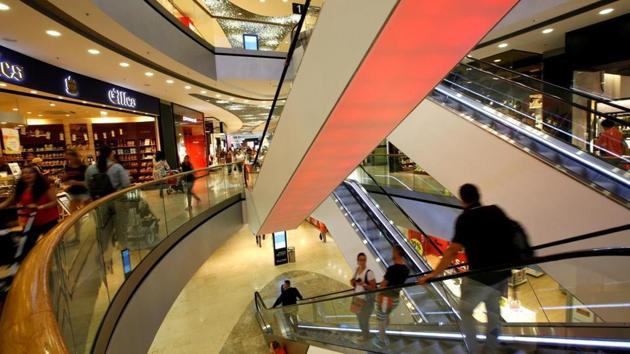How to redefine nightlife in a city that never sleeps
Mumbai, at its heart, is a commercial city; its rhythms do not cease at night and never will.
There are many perks to being a Thackeray scion. One of them is that the scion gets what he desires, whether it is a seat in the state cabinet or shaping the nightlife of Mumbai. So it has come to pass that Aaditya Thackeray’s agenda for Mumbai’s nightlife will come good this weekend.

He had mooted the idea some years ago, but the Devendra Fadnavis government had not warmed up to it. With his father at the helm now, Aaditya Thackeray’s agenda acquired a false urgency.
As the state’s environment and tourism minister, he called for meetings with municipal commissioner Praveen Pardeshi, police commissioner Sanjay Barve, and representatives of malls and hotels to operationalise his idea. When home minister Anil Deshmukh expressed reservations about policing, Aaditya Thackeray had a little chat with him after which the senior minister changed his tune.
Other and more pressing issues in Mumbai await resolutions even as last-minute changes in administrative and legal framework necessary for the ‘Mumbai 24x7’ project are finalised. But what does the new nightlife plan mean for Mumbai which acquired the reputation of ‘the city that never sleeps’ decades ago, where nightlife had not one, but multiple meanings?
In Aaditya Thackeray’s plan, this would mean allowing malls, restaurants, commercial establishments in gated communities and non-residential areas to stay open all night to boost local economy, encourage tourism and rake in some revenue for the government.
If this is the start of a larger comprehensive plan to bring Mumbaiites out at night, make available public spaces to them for leisure activities, and incorporates the redevelopment of the city’s eastern waterfront into it, this is welcome. If it’s an end in itself, it’s a ho-hum-yawn sort of an idea because Mumbai has always had a night culture of work and leisure – and a skeletal infrastructure to support it.
The city’s select clubs and discotheques were famous. It also had less-elite venues at which music concerts and dance performances went on through the night. Here, it was common to find pop-up khau gallis that offered a range of food choices, piping hot tea, and taxiwallahs-rickshawallahs operating by night fare.
In less judgmental areas of the city, streets came alive only at night when sex workers and dance bars began their day as human lust, commerce and urban space merged in unique ways; local economy supported these activities.
Elsewhere, Mumbaiites worked shifts late into the night and took the last train leaving Churchgate or then Victorial Terminus railheads after midnight back to their homes in the suburbs. Only four hours later, another set of Mumbaiites would board trains in suburbs to reach their workplaces downtown at the crack of dawn.
In the city’s docks and fishing villages, night segued into day as fisherfolk worked to lay out their catch in markets at dawn.
The BEST ran buses through the night on certain arterial routes that connected the city to its suburbs; the one I recall with sepia-tinted memories and a trunk of stories is 202 Ltd from Mahim bus depot to Borivli. The abiding images of Mumbai’s nightlife would have to include the chaiwallah on his cycle along Marine Drive and Chowpatty, at street-corners and railway stations exits, among other locations. In these wired times, it could even be the BPO or KPO worker servicing clients half way across the world.
Mumbai’s informal economy has always had a night angle to it. Mumbai’s leisure pursuits – prosaic and elite – have always had a night angle to them. And Mumbai Police was always a part of these by virtue of being the spoiler or enabler. Mumbai, at its heart, is a commercial city; its rhythms do not cease at night and never will.
What Aaditya Thackeray has done is to make eating-partying-shopping 24x7 in areas that were mostly identified with the formal economy legal. This is an indulgence.
It’s welcome if the government can assure the safety of Mumbaiites who enable it. But if Aaditya Thackeray were to re-imagine and re-define some areas and streets of the city as open leisure and recreation venues for all Mumbaiites, the city’s nightlife would see a fundamental egalitarian shift.
Stay updated with all the Breaking News and Latest News from Mumbai. Click here for comprehensive coverage of top Cities including Bengaluru, Delhi, Hyderabad, and more across India along with Stay informed on the latest happenings in World News.
Stay updated with all the Breaking News and Latest News from Mumbai. Click here for comprehensive coverage of top Cities including Bengaluru, Delhi, Hyderabad, and more across India along with Stay informed on the latest happenings in World News.






